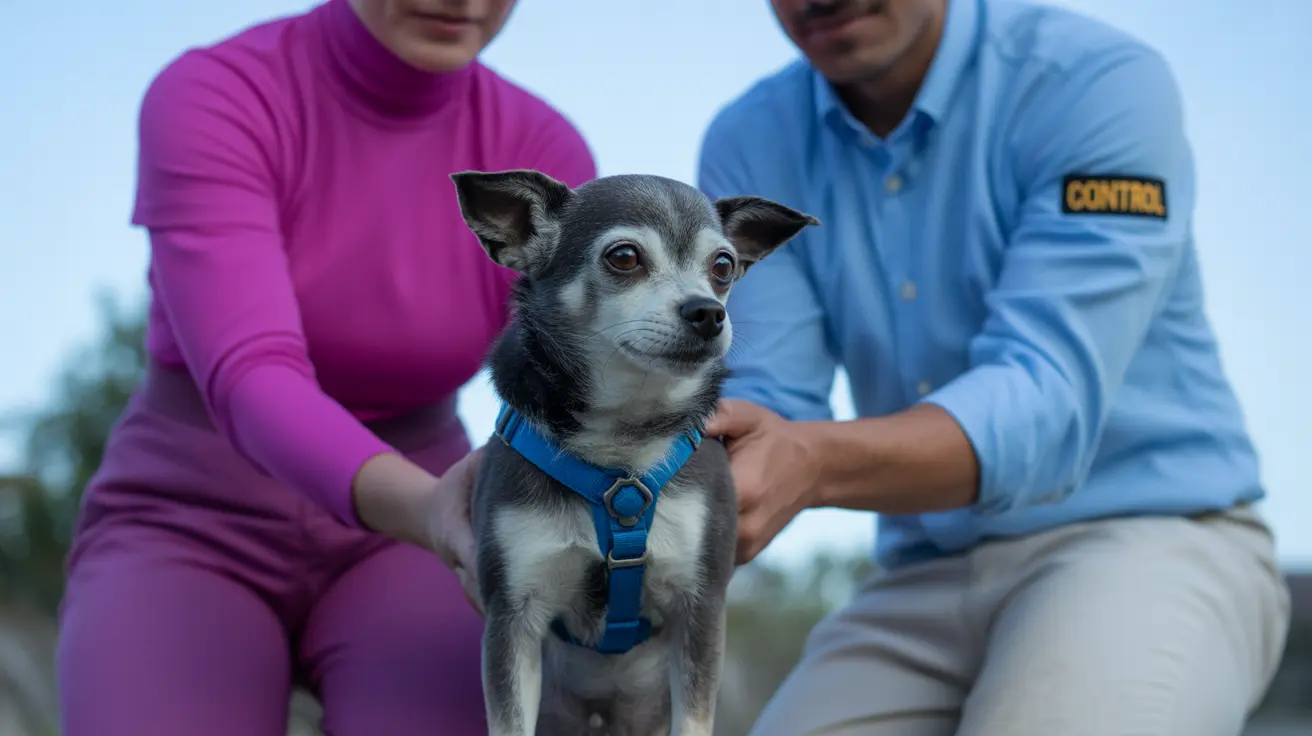Understanding the 3-3-3 Rule for Dog Anxiety
Adopting a dog is an exciting and fulfilling journey, but it's also a critical transition period for the dog. The 3-3-3 rule is a guideline designed to help pet owners understand the phases a dog experiences after being brought into a new home. This rule is especially relevant for rescue dogs or those navigating anxiety and adjustment challenges.
What Is the 3-3-3 Rule?
The 3-3-3 rule reflects the general timeframe in which a dog acclimates to its new environment. It’s broken down into:
- 3 Days: The initial decompression phase.
- 3 Weeks: The beginning of behavioral adaptation.
- 3 Months: Full integration and sense of belonging.
The First 3 Days: Decompression
During the first 72 hours, your dog is adjusting to a completely different environment. He may:
- Be fearful, overwhelmed, or withdrawn
- Refuse food, water, or toileting
- Exhibit erratic behaviors or excessive sleeping
- Hide or remain close to a certain space
This period is comparable to a human’s jet lag or culture shock — your dog is processing new smells, sounds, people, and surroundings. Patience and minimal stimulation are crucial. Avoid overhandling and give him a safe, quiet space to decompress.
The First 3 Weeks: Getting Acquainted
By now, your dog begins showing more personality and testing boundaries. This stage includes:
- Increased curiosity and interaction
- Attempting to understand household rules
- Possible regression in house training
- Forming connections with members of the household
This phase is a great time to:
- Start gentle training with rewards and consistency
- Establish routines and structure
- Introduce toys and slow exploration of new environments
- Begin limited exposure to other pets or people
After 3 Months: Feeling at Home
This is the period where the dog typically feels like a true member of the family. Highlights of this stage often include:
- Stable behavior and confidence
- Strong attachment to family members
- Comfort with routines and environment
- Trust and understanding of expectations
However, some dogs may still have lingering anxiety or trauma. Continued training, vet care, and emotional support help promote full recovery and integration.
Why Is the 3-3-3 Rule Important?
Understanding this rule prevents unrealistic expectations and guides owners toward compassionate, responsive care. Many behavioral challenges occur during these transitional stages — recognizing they're part of normal adjustment can reduce frustration.
Benefits of following the 3-3-3 rule:
- Encourages empathy and patience
- Improves long-term bonding
- Aids in identifying stress signs early
- Promotes successful adoption outcomes
Helping Anxious and Rescue Dogs
Dogs with a history of abuse, neglect, or shelter living may need longer timelines. Look for tools to ease anxiety:
- Use comfort items like toys and blankets
- Create a safe retreat space for the dog
- Consult a veterinarian or canine behaviorist if signs of severe stress persist
- Introduce positive associations with crate training and social exposure
Common Misunderstandings
Owners sometimes believe if a dog isn't relaxed within the first week, they’ve failed. The 3-3-3 rule reminds us adjustment is gradual and individual.
Other myths include:
- “Rescue dogs are grateful immediately.”
- “If they act shy, they don’t like you.”
- “You should let them socialize with everyone right away.”
Instead, go slow. Earned trust is more sustainable than forced interaction.
Final Thoughts
Whether you're a first-time dog parent or experienced rescuer, the 3-3-3 rule offers a compassionate roadmap for integrating a new dog into your family. It underscores the importance of patience, routine, and understanding as keys to helping your pup feel secure.
Remember, every dog is unique. For some, these stages may be compressed or extended, but the underlying principles apply to all. A dog who is given the time to adapt, feel safe, and connect is far more likely to thrive and become a happy, loyal companion for years to come.





